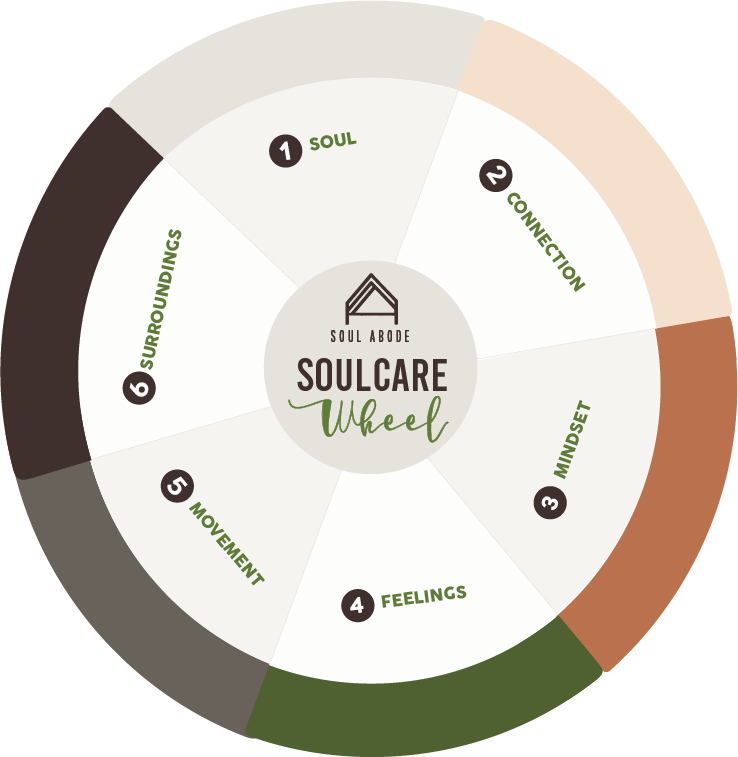Understanding Attachment Styles and How They Influence Relationships

Attachment styles are psychological frameworks that help us understand how we form and maintain relationships with others. These styles are developed during our early childhood and continue to impact our relationships throughout our lives.
The Four Attachment Styles
There are two main attachment styles:
- Secure Attachment: Individuals with a secure attachment style feel comfortable with intimacy and are able to form healthy, balanced relationships.
- Insecure Attachment: Individuals defined by a lack of trust and a lack of a secure base. People with an insecure style may behave in anxious, ambivalent, or unpredictable ways. They can be further categorized as:
Ambivalent/Anxious Attachment: Those with an ambivalent/anxious attachment style often crave closeness but may also worry about rejection and abandonment.
Disorganized Attachment: Individuals with a disorganized attachment style may exhibit inconsistent or unpredictable behaviors in relationships.
How Attachment Styles Influence Relationships
Understanding your attachment style can provide valuable insights into how you relate to others and how you respond to certain situations within relationships. It can help you identify patterns of behavior and navigate challenges more effectively.
For example, individuals with a secure attachment style typically have trusting, supportive, and fulfilling relationships. They are comfortable with both intimacy and independence, allowing them to form deep connections while maintaining a sense of autonomy.
On the other hand, individuals with an avoidant attachment style may struggle with emotional vulnerability and may avoid or distance themselves from close relationships. They may have difficulty expressing their needs and may fear becoming too dependent on others.
Those with an ambivalent/anxious attachment style may find themselves in relationships that are characterized by a constant need for reassurance and fear of abandonment. They may become anxious or preoccupied with their partner's actions or behaviors.
Individuals with a disorganized attachment style may experience difficulties in relationships due to inconsistent or unpredictable behaviors. They may struggle with regulating their emotions and may have a fear of rejection or abandonment.
Changing Attachment Styles
While attachment styles are typically formed early in life, they are not set in stone. With self-awareness and a willingness to change, it is possible to develop a more secure attachment style.
Therapy, such as attachment-based therapy, can be beneficial for individuals looking to understand and modify their attachment styles. By exploring past experiences and addressing any underlying issues, individuals can work towards developing healthier patterns of attachment.
Building secure, healthy relationships requires effort, self-reflection, and open communication. Understanding attachment styles can serve as a starting point for personal growth and improved relationships.

Jennifer McDaniel
Jennifer McDaniel is a well being strategist, ICF accredited professional coach. She has 25+ years of experience as a professional speaker, corporate trainer and a learning development leader in the beauty, health and wellness space.
Read More
Sign-up for our newsletter
By clicking "sign up," you agree to receive emails from Soul Abode and accept our web terms of use and privacy and cookie policy.



